Your little cat isn’t eating anymore? He’s ignoring his bowl, even with a delicious pâté? A complete loss of appetite in cats is a problem not to be taken lightly. It can be a sign of a more or less serious illness, especially if accompanied by other symptoms. Let’s take a closer look.
My cat isn’t eating anymore: when should I worry?
Just like in humans, appetite in cats can fluctuate. One day your cat might devour his bowl, and the next day only eat half of his kibble or pâté. He may also eat less when it’s hot, as his appetite decreases due to the heat. But sometimes some cats suddenly stop eating altogether. They won’t eat anything at all, refusing even the smallest treat. Our cats lose weight quickly.
If your cat hasn’t eaten for more than 2 days, this becomes worrisome. This is called anorexia.
A cat that doesn’t eat for more than 48 hours risks severe dehydration, deficiencies in essential nutrients for its health (present in its food), and in the case of overweight cats, developing hepatic lipidosis, also known as “fatty liver disease.” This deadly disease shows symptoms such as diarrhea, vomiting, or jaundice visible around the ears, eyes (the whites), and the cat’s oral mucous membranes.
If your cat isn’t eating, be very vigilant, especially since this disorder could indicate another condition that requires prompt treatment.
My cat isn’t eating anymore: what are the causes? And what to do?
A cat may stop eating for many reasons. Whatever the cause, it is important to take your furry friend to the vet as soon as possible.
A change in food
His refusal to eat may be directly related to his food. Cats are greedy but also very picky, especially regarding what’s in their bowl. Even the slightest change can put them off. This is called neophobia.
Among our little companions, we distinguish two categories of eaters: the cautious (neophobic) and the curious (neophilic), those attracted to novelty. Neophobes are more numerous, especially among older cats whose eating habits are well established. They prefer familiar food rather than trying new flavors. Neophobia is not limited to older cats; it also appears in cats that were rarely exposed to dietary diversity during the first weeks of their lives.
It is also important to know that cats are sensitive to the physicochemical characteristics of their food. Smell, taste, texture, and temperature are key factors in food acceptance.
The cat will prefer food at room temperature or close to body temperature, between 20°C and 35°C. A pâté straight from the fridge will likely put him off. Don’t hesitate to warm it up by adding a little spoon of warm water.
Besides cautiousness and particular tastes, your cat may also have developed an aversion to his new food. This can be caused by a bad experience: a sudden change in diet may cause diarrhea and vomiting. Since eating is associated with a negative experience, the cat refuses the food categorically. Once, but not twice!
If your cat shows no other symptoms, the best solution here will be to perform a dietary transition to help him accept his new food. This involves gradually mixing the new food with the usual diet. This transition can last up to 3 weeks for the most resistant. Learn more in our article about dietary transition in cats. We also prepared a handy guide with all our expert tips for an easier food transition.
Also, think about placing your cat’s bowl in a quiet place, away from human activity. People passing by can stress him and prevent him from eating.
Stress
Stress is another likely reason. A stressed cat easily loses appetite. Your cat isn’t eating because he is too stressed. Poor kitty 😿 Stress sources in cats are multiple: moving house, travel, vet visits, arrival of a new animal or child in the family, change of furniture at home, and so on.
To help your cat relax, there are several tricks: you can cuddle him (if he wants), play with him more, use valerian, or play special music for stressed cats. It seems cats are particularly sensitive to soft, relaxing music.
Note that stress should not be taken lightly. It is notably one of the main causes of cystitis in cats, a urinary disorder characterized by inflammation (with or without infection) of the bladder lining.
Arthritis (old age)
Cats are also affected by old age: they can suffer from arthritis. Older cats may have trouble bending down to their bowl. Unable to reach it, they don’t eat. If your cat is otherwise fine and likes his food, just place his bowl a little higher 😺 To care for your senior cat, also consider giving him quality food. We tell you everything in our article on food for senior cats.
Oral problems
Like us, cats can have oral problems. They may suffer from chronic gingivitis (gum inflammation), abscesses, or broken teeth. These conditions are very painful and make chewing difficult. Gingivitis is the most common, with symptoms such as very red gums, bleeding, bad breath, and excessive salivation.
Check your cat’s mouth (if you can), and see your vet quickly. Once the mouth problem is resolved, your little cat will regain his appetite. Be careful that he doesn’t rush too fast to his bowl! A cat that gulps food too quickly risks simply regurgitating it (like dogs).
Important point: It is often said that cats have fewer dental problems when eating kibble than pâté. No study has yet proven this “promise”!
Remember that dry food is hard but crumbly, and breaks apart with little to no abrasive effect on teeth. Cats’ teeth are not designed to crunch kibble, but rather to shear and tear meat. Also, many cats swallow most of their kibble whole. Saying kibble promotes dental health in cats is therefore absurd. That would be like saying dry cookies are good for our teeth.
Whether pâté or kibble, no food is better than another for the dental health of our cats. Many factors — known and unknown — contribute to poor dental health. It may be genetic, due to a virus, or simply because our furry friends don’t brush their teeth like humans do.
Oral hygiene in cats should not be neglected. To learn more, read our article: why and how to care for your cat’s teeth.
Kidney failure
If your cat isn’t eating, it could also be a sign of chronic kidney failure. This disease is defined by kidney dysfunction, whose role is to eliminate all toxins produced by the body in the blood (creatinine and especially urea).
Loss of appetite is one of the symptoms of this sneaky disease which, unfortunately, cannot be cured. It is also accompanied by intense thirst, vomiting, fatigue, and even mouth ulcers characterized by bad breath.
If your cat’s condition suggests kidney failure, consult your vet quickly who, through blood and urine tests, can prescribe suitable treatment.
Feline herpesvirus (coryza)
Another likely cause of loss of appetite in cats is coryza, an upper respiratory tract disease. Highly contagious, coryza is caused by simultaneous or individual infection by various pathogens, viruses, and bacteria, each causing different effects and symptoms. Among them: anosmia (loss of smell) and ulcers on the tongue and palate. This loss of smell and the ulcers can cause loss of appetite or difficulty eating, sometimes leading to anorexia.
A consultation with your vet will also be necessary. If coryza is confirmed, he will prescribe suitable treatment. To learn more, read our article on coryza in cats.
Gastrointestinal problem
If your cat isn’t eating, he may have a digestive system problem. It can be caused by a foreign object (a string, a toy) that he cannot naturally expel, or hairballs that may irritate his stomach. These masses called "trichobezoars" can also cause intestinal blockage. Hence the importance of regularly brushing your cat, especially during shedding periods.
Loss of appetite can also indicate intestinal parasites, inflammatory bowel disease (IBD), or pancreatitis, inflammation of the pancreas. The cause of this disease often remains unknown but it can be triggered by some antibiotics or caused by viral or bacterial infection.
Infectious peritonitis
More worrying; a cat that stops eating may have infectious peritonitis (FIP). This disease, caused by a mutation of an intestinal Coronavirus, mainly affects young cats. Unfortunately, it remains incurable.
Symptoms include fever, abdominal pain, vomiting, diarrhea, and weight loss. If your cat shows these signs, consult your vet immediately.
What to do if my cat isn’t eating anymore?
As we have seen, a cat that stops eating can have many causes, ranging from benign to severe diseases.
Here are some practical tips:
- Try to stimulate your cat’s appetite by warming up his food, offering tasty treats, or changing the feeding place to a quiet and calm area.
- If the anorexia lasts more than 48 hours, or if it is accompanied by other symptoms such as vomiting, diarrhea, weight loss, or lethargy, do not delay consulting your vet.
- Keep your cat hydrated by encouraging water intake.
- Never force feed your cat without veterinary advice.
Taking quick action is essential because prolonged anorexia can lead to serious complications and worsen the underlying condition.


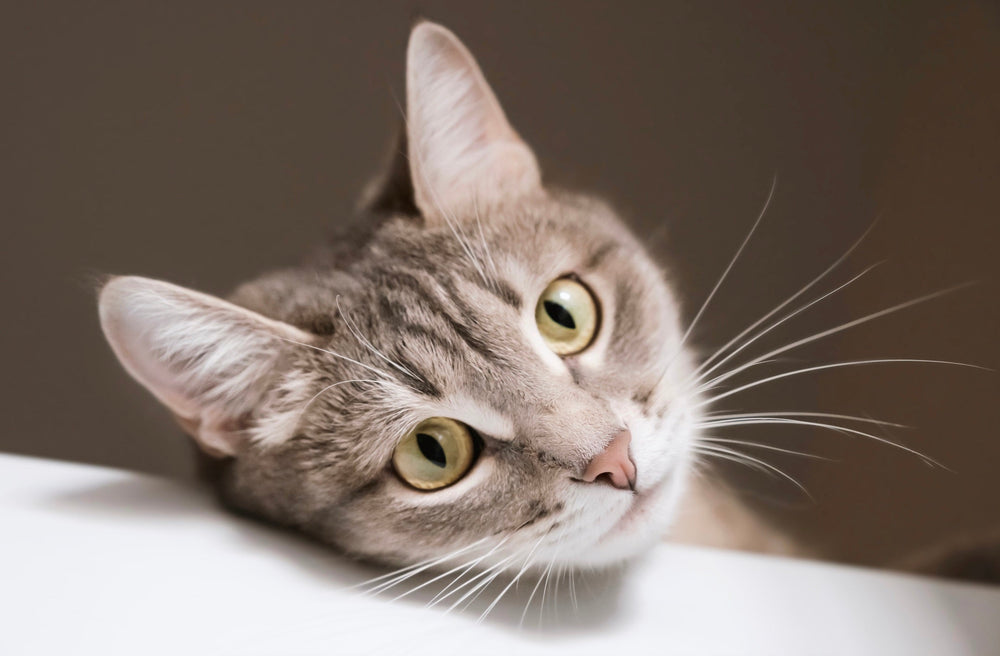
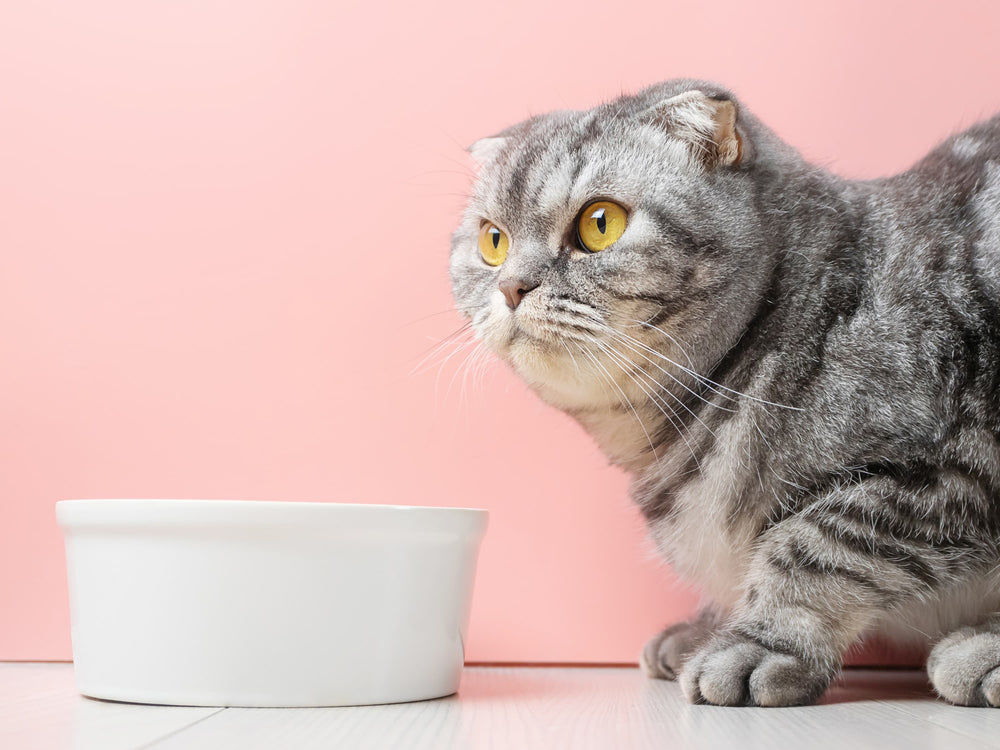
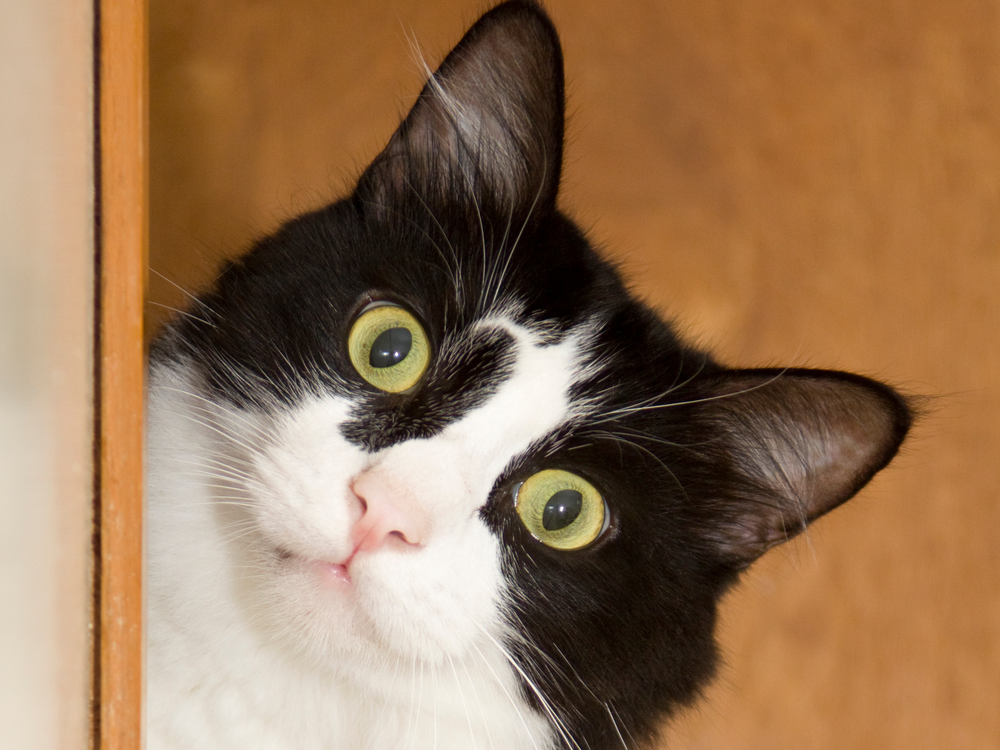
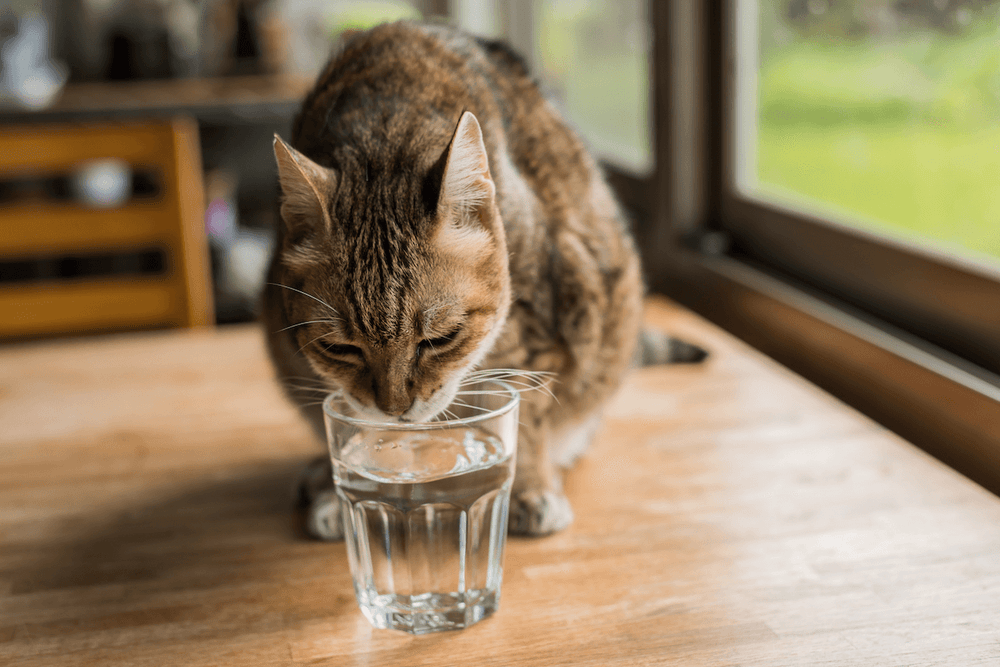
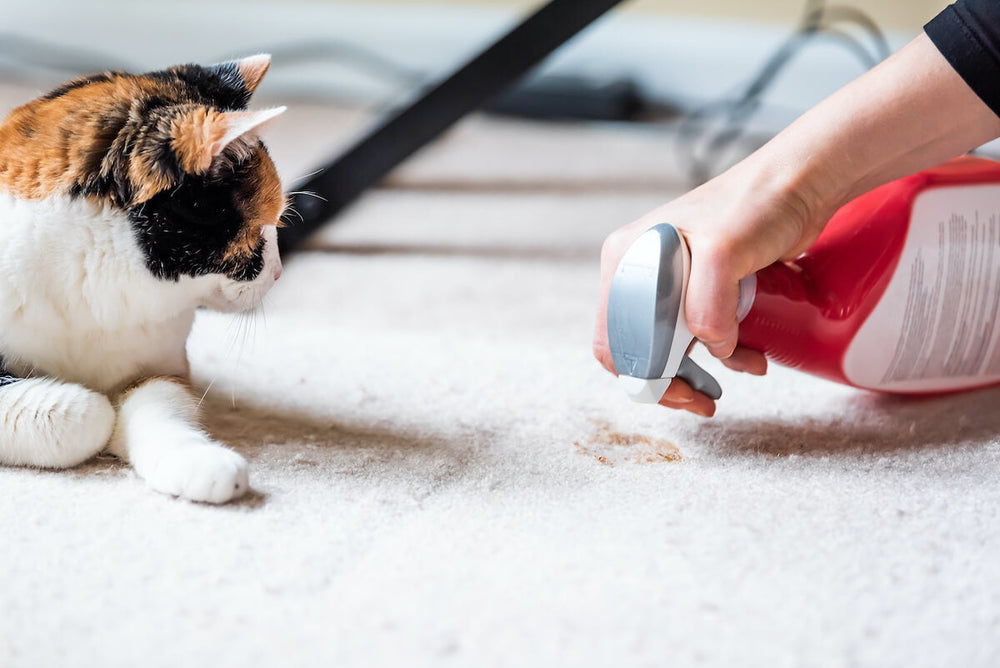
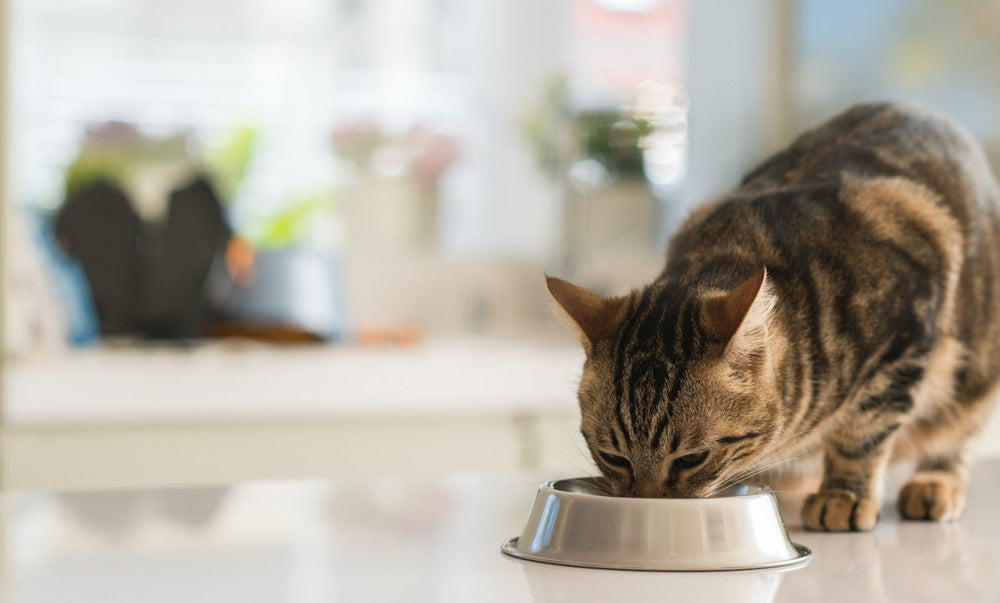
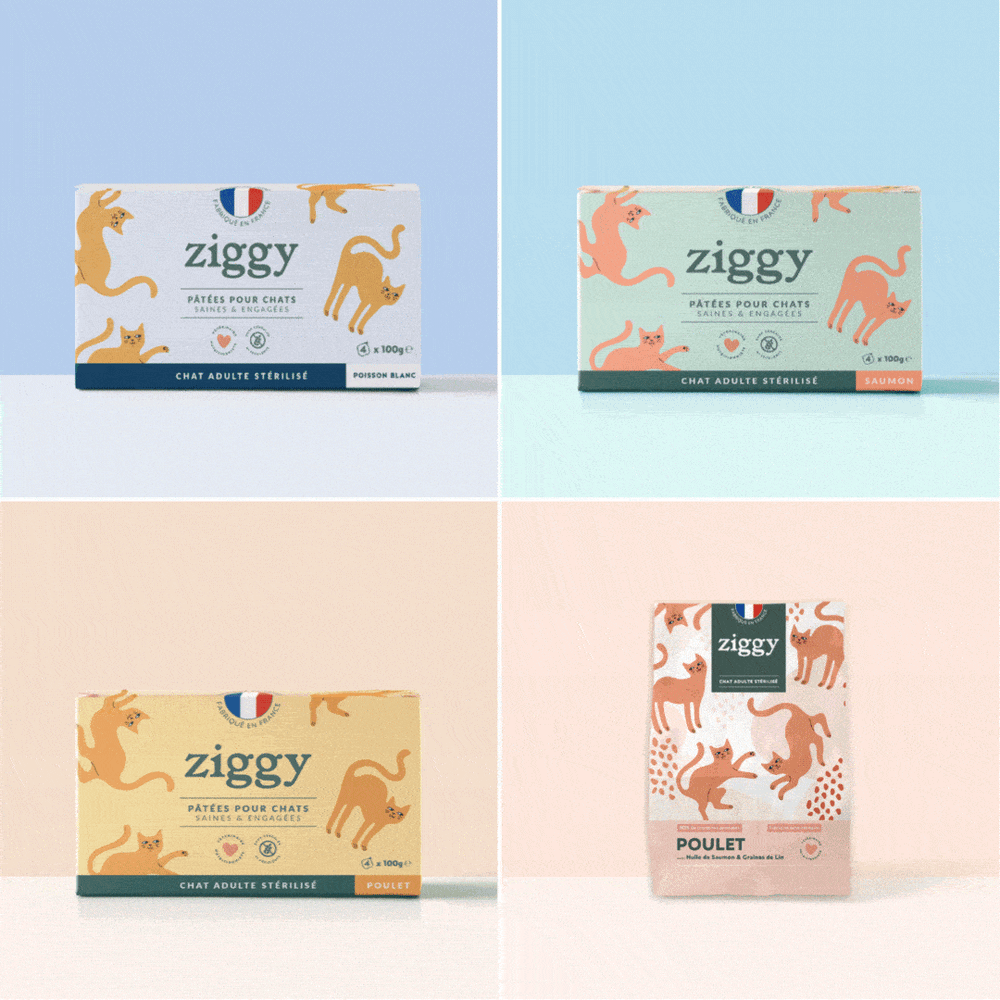

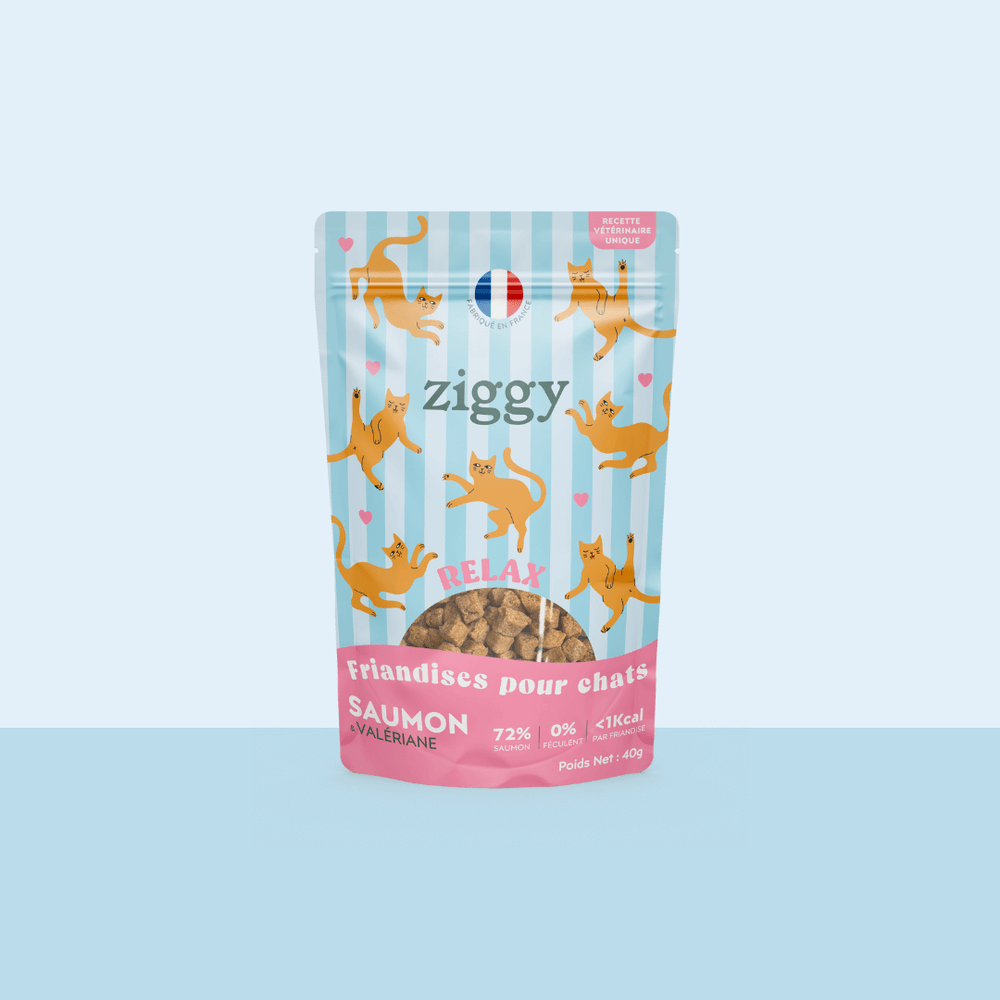
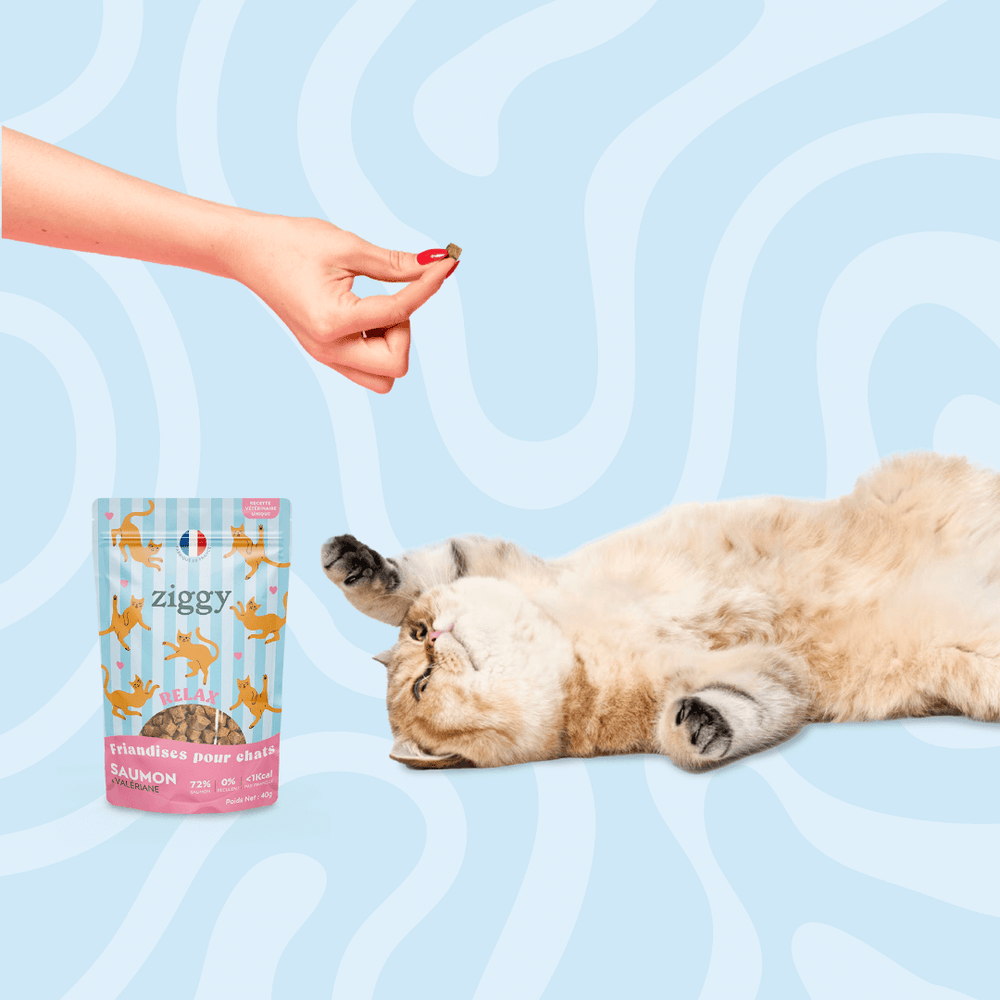
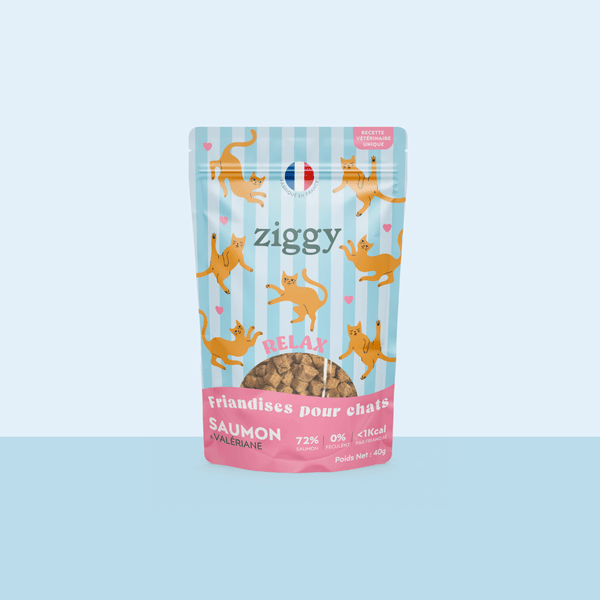
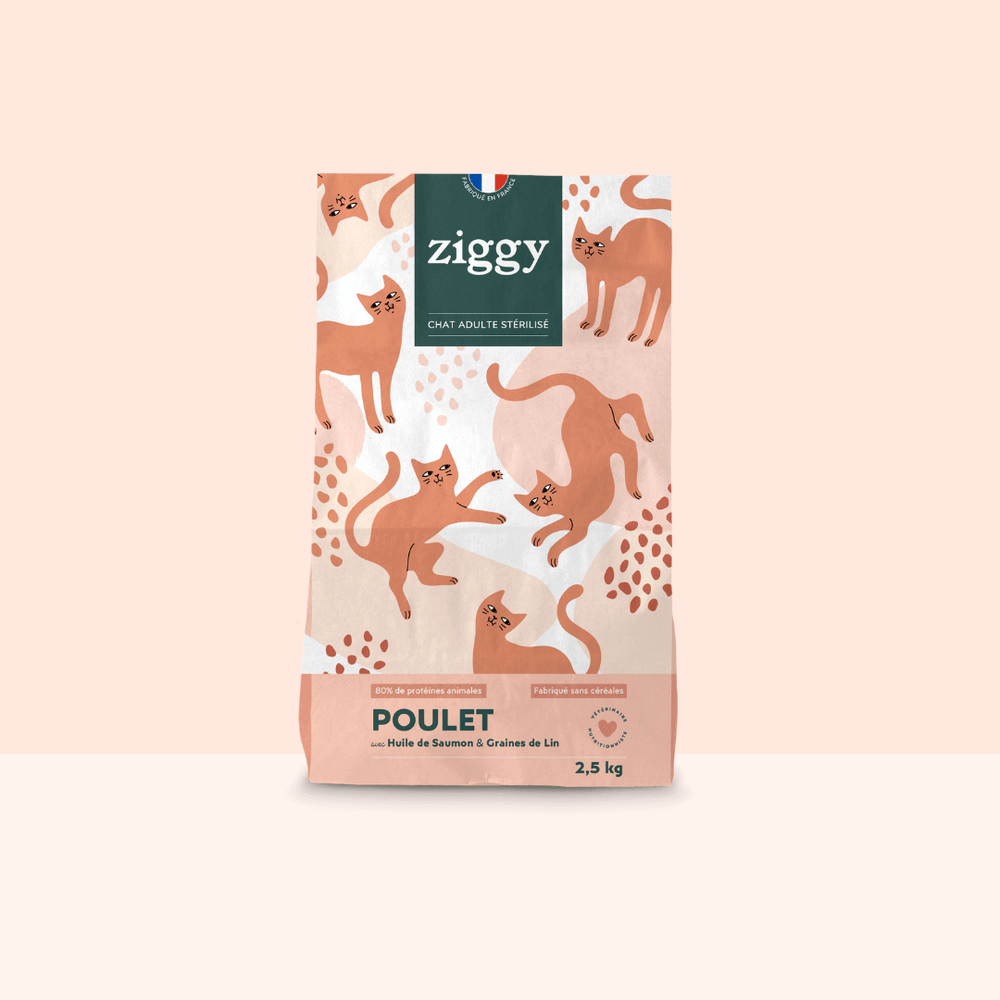

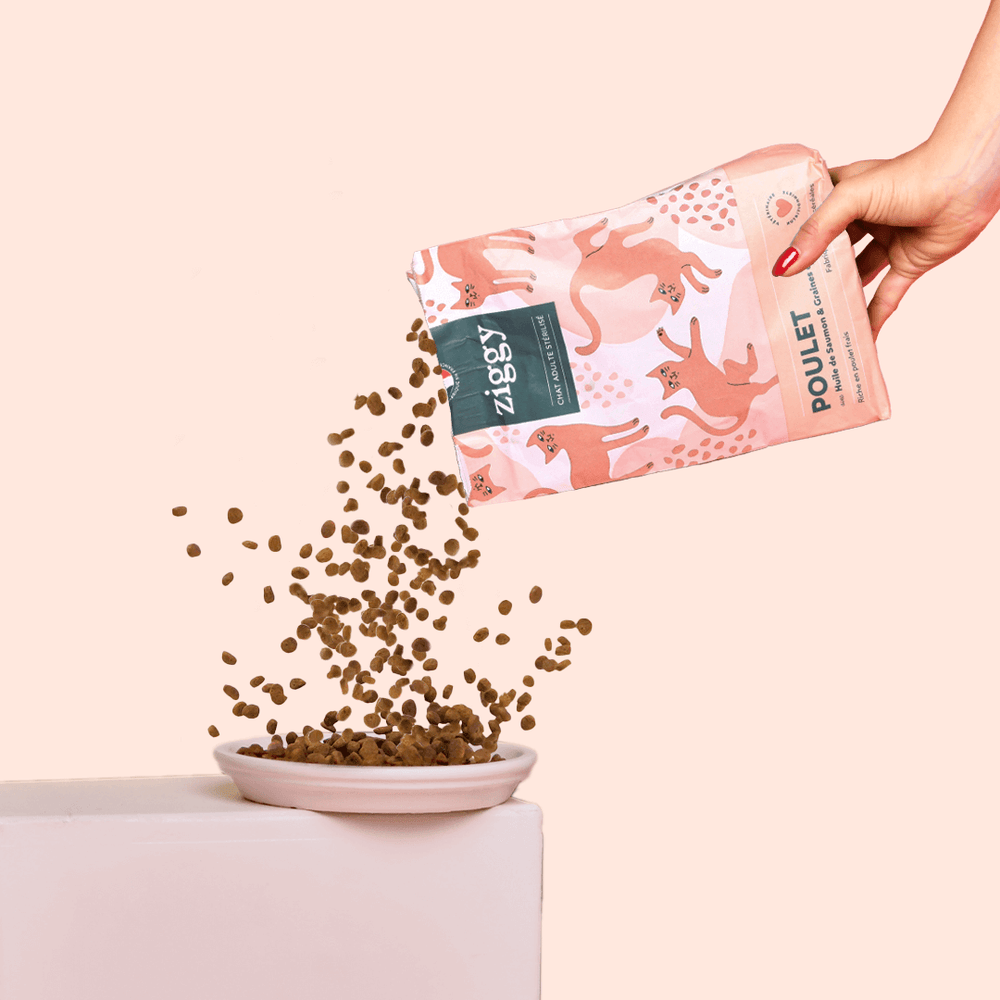
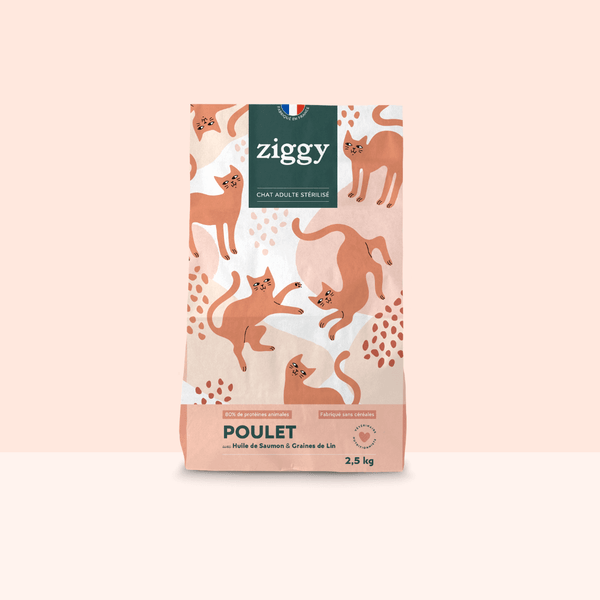

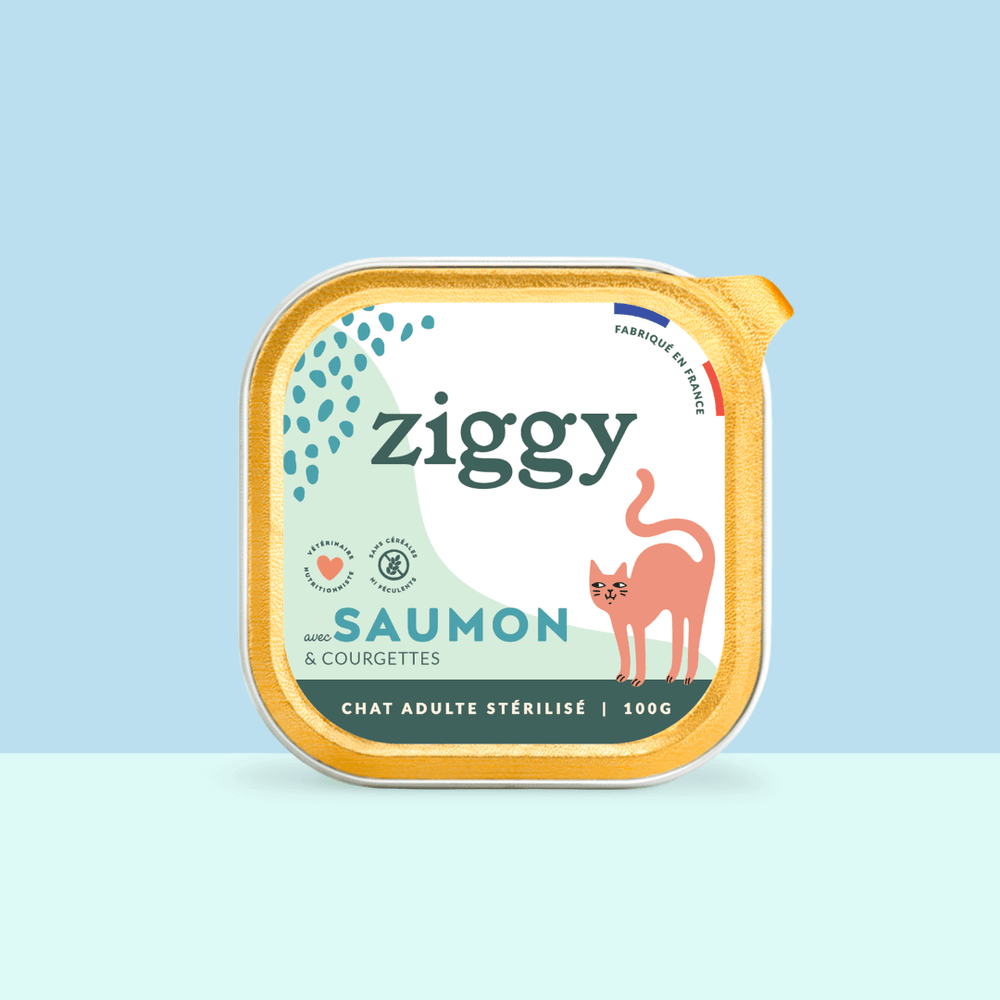

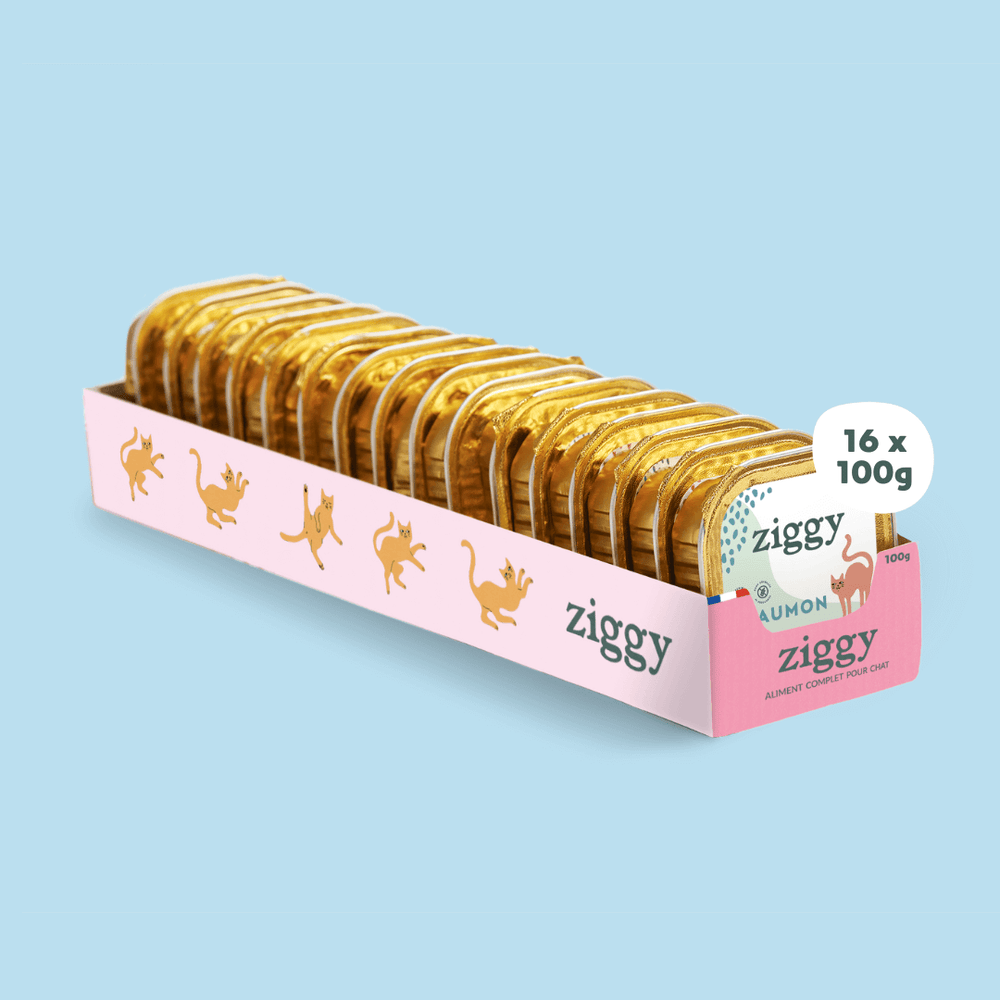
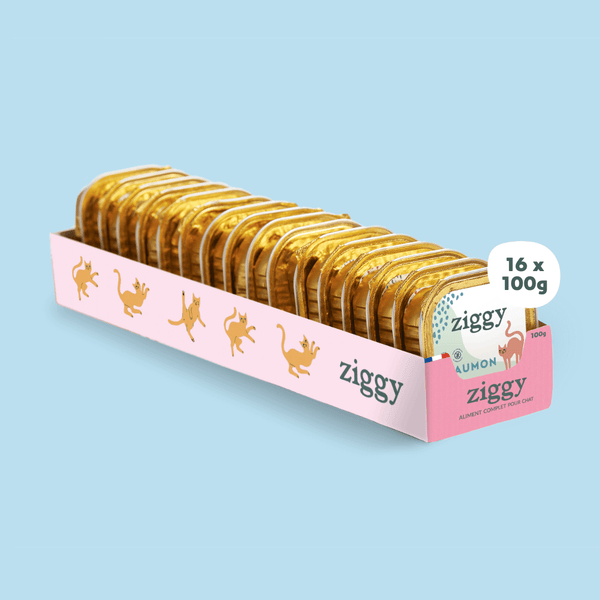




Leave a comment